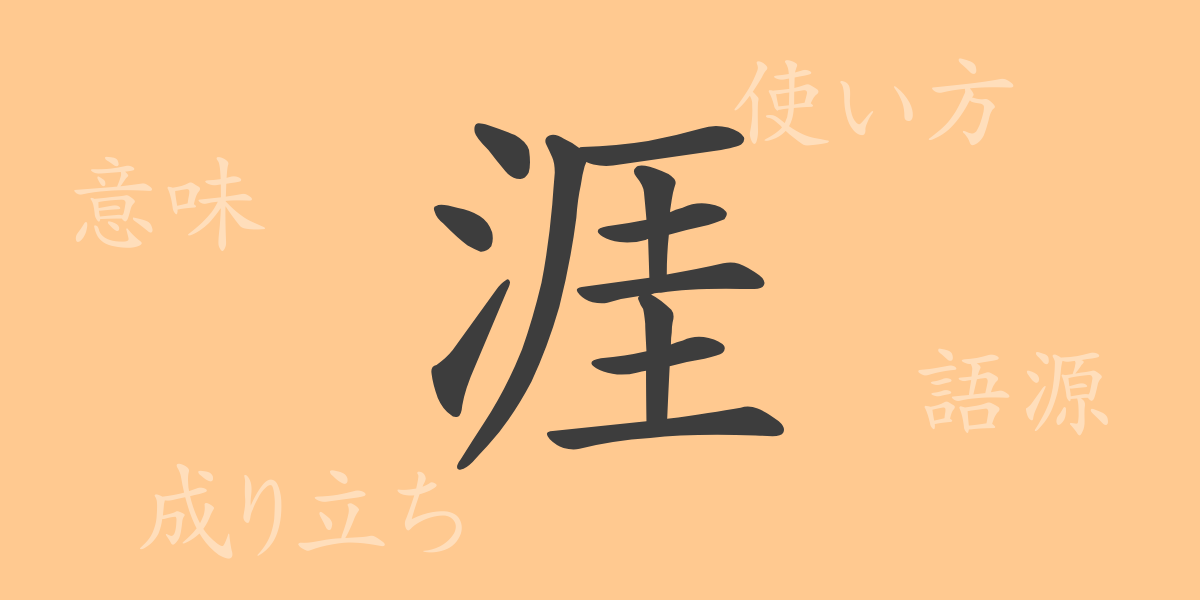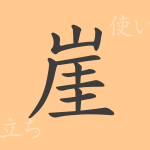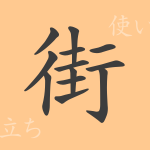The Japanese language is rich with beautiful and meaningful kanji characters, among which the character “涯” (Gai) stands out as particularly symbolic. While it may not be commonly seen in daily life, its shape and meaning play an important role in Japanese culture. In this article, we will explore the charm of “涯”, from its etymology to its meaning, usage, and even its appearance in idioms and phrases.
Origins of 涯 (Etymology)
To delve into the origins of the kanji “涯” (Gai), it is necessary to focus on its etymology. Its prototype can be seen in ancient Chinese oracle bone script, where it meant “the end of the water’s edge”. Over time, as its shape evolved, it settled into the current form “涯” (Gai). It came to be used to denote the place where water flow ends, that is, “the end” or “limit”.
Meaning and Usage of 涯
The kanji “涯” (Gai) is primarily used to mean “end” or “limit”. Specifically, it is often used to refer to the end of a coastline or river, the end of life, or the limit of something. Additionally, the character “涯” (Gai) is metaphorically used in poetry and literary works, aptly expressing the depth and expanse of the human heart.
How to Read 涯, Stroke Count, and Radical
The kanji “涯” (Gai) has several readings, which vary depending on the context of use.
- Readings: On’yomi (Sino-Japanese reading) is “がい” (Gai), no particular kun’yomi (native Japanese reading)
- Stroke Count: A total of 12 strokes
- Radical: The radical is 水 (Mizu, San Sui) meaning water
Idioms, Phrases, and Proverbs Using 涯 and Their Meanings
There are numerous idioms, phrases, and proverbs that include “涯” (Gai). For instance, the idiom “人生無涯” (Jinsei mugai) means “life has no end”, and is used to express that there is no limit to human learning and growth. Additionally, the expression “地涯天際” (Chigai tenkai), meaning “to the ends of the horizon”, is sometimes used to describe a vast and distant view.
Conclusion on 涯
The kanji “涯” (Gai), with its implications of “end” or “limit” derived from its form, adds a unique poignancy to the Japanese language. This character, which invites poetic expression and deep philosophical thought, can be said to symbolize the beauty of Japanese words. It is our hope that through this article, you have been able to appreciate some of the multifaceted allure that “涯” holds.

























